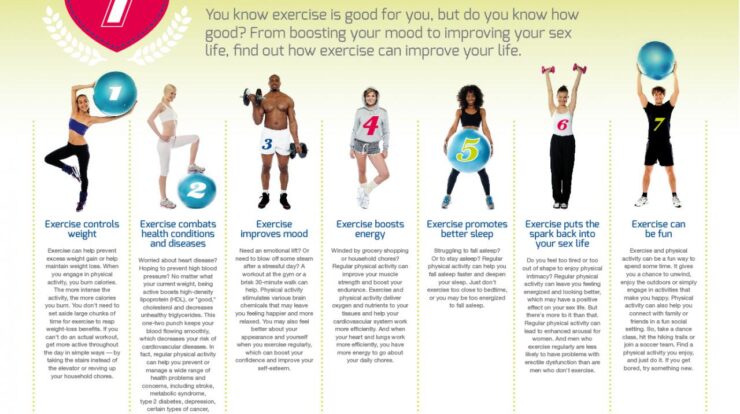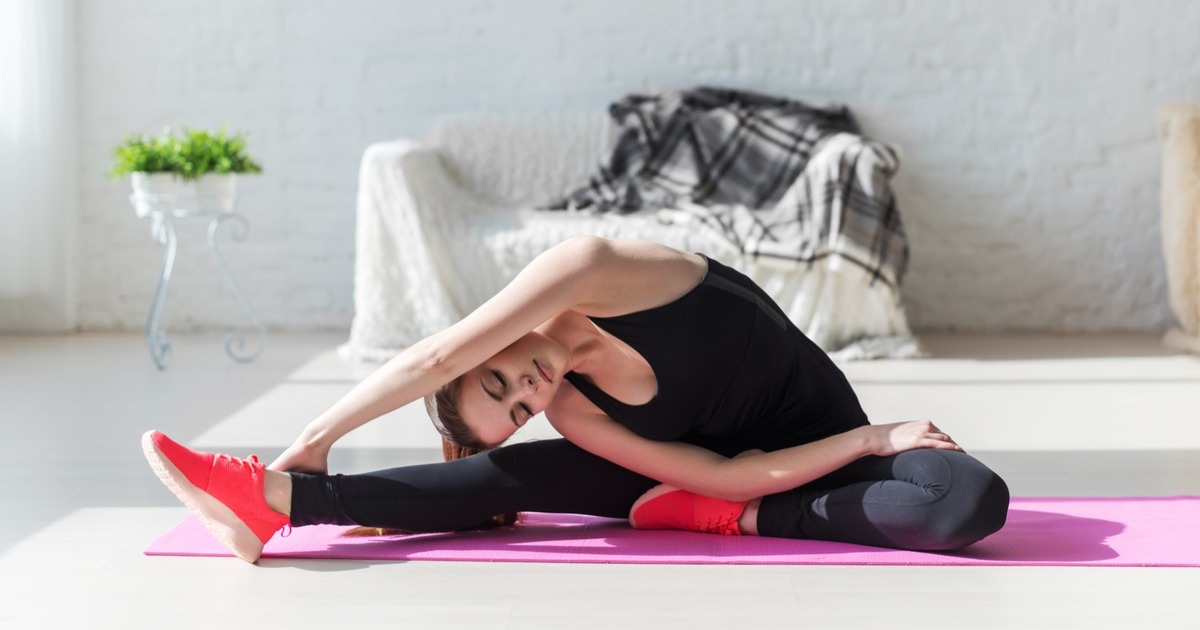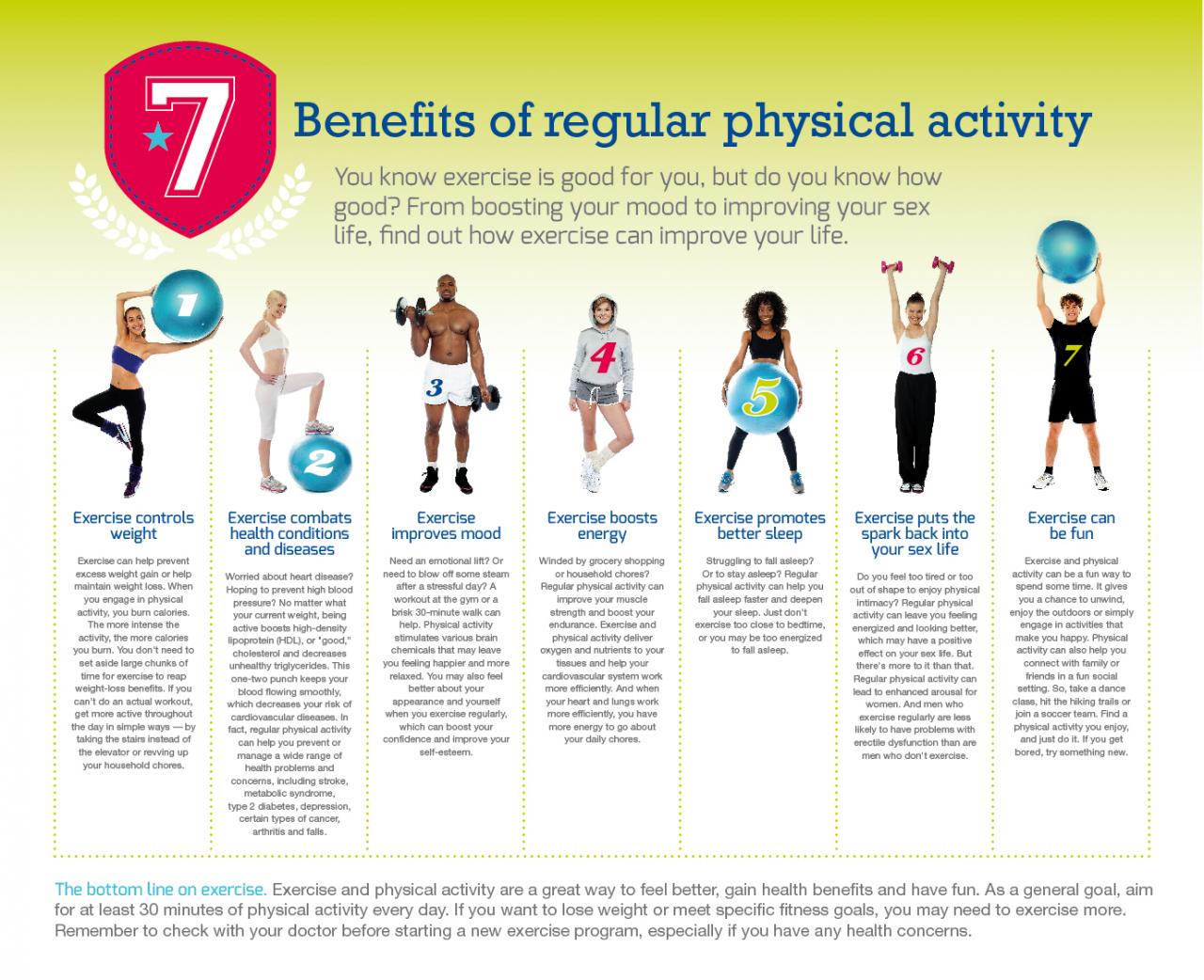
Explain why regular exercise is the best way to prevent flexibility issues. – Regular exercise is the cornerstone of a healthy and flexible body. By engaging in regular physical activity, individuals can effectively prevent flexibility issues, ensuring optimal range of motion and overall well-being.
The benefits of regular exercise for flexibility are multifaceted. It helps maintain and improve joint mobility, reduces the risk of injuries, and enhances posture and balance. Conversely, neglecting exercise can lead to a decline in flexibility, resulting in stiffness, discomfort, and an increased susceptibility to injuries.
For those seeking to express their appreciation in a different language, happy mother’s day in german provides a heartfelt translation that conveys love and gratitude in a foreign tongue.
Regular Exercise and Flexibility

Regular exercise plays a crucial role in maintaining flexibility, allowing individuals to move freely and comfortably. It involves a range of activities that improve the elasticity of muscles and connective tissues, enabling a greater range of motion.
Stretching exercises are a key component of flexibility training. They elongate muscles, increasing their flexibility and reducing stiffness. Range of motion exercises, such as yoga and tai chi, involve controlled movements that gradually increase the range of motion in different joints.
Examples of flexibility-promoting exercises include: dynamic stretching (e.g., arm circles), static stretching (e.g., holding a stretch for 30 seconds), and proprioceptive neuromuscular facilitation (PNF) stretching (e.g., contracting and relaxing a muscle while stretching).
Benefits of Flexibility
Maintaining flexibility offers numerous benefits for overall health and well-being:
- Reduces the risk of injuries: Flexible muscles and joints are less prone to strains, sprains, and tears.
- Improves posture and balance: Flexibility helps maintain proper alignment of the body, reducing muscle imbalances and improving posture and balance.
- Enhances performance in physical activities: Greater flexibility allows for more efficient and powerful movements in sports and other physical pursuits.
Flexibility Issues
Lack of exercise can lead to various flexibility issues:
- Tightness and stiffness: Muscles that are not regularly stretched can become tight and stiff, restricting movement.
- Muscle imbalances: Weakness in certain muscle groups can lead to imbalances, affecting flexibility and posture.
- Reduced range of motion: Joints that are not regularly moved through their full range of motion can become stiff and lose mobility.
These issues can affect daily life by limiting mobility, causing pain and discomfort, and increasing the risk of falls.
Prevention through Exercise, Explain why regular exercise is the best way to prevent flexibility issues.
Regular exercise is the most effective way to prevent flexibility issues:
- Consistency: Regular stretching and range of motion exercises are essential for maintaining flexibility.
- Gradual progression: Gradually increasing the intensity and duration of flexibility exercises is important to avoid overstretching and injury.
- Incorporation into fitness routine: Flexibility exercises should be incorporated into a regular fitness routine, alongside strength training and cardiovascular exercise.
Comparison to Other Methods
While other methods, such as massage therapy and foam rolling, can complement regular exercise, they are not as effective in preventing flexibility issues on their own:
| Method | Effectiveness | Limitations |
|---|---|---|
| Regular exercise | Highly effective | Requires consistency and gradual progression |
| Massage therapy | Moderate effectiveness | Temporary relief, does not address underlying causes |
| Foam rolling | Limited effectiveness | Self-massage, may not provide sufficient stretch |
Last Point: Explain Why Regular Exercise Is The Best Way To Prevent Flexibility Issues.

Incorporating regular exercise into one’s fitness routine is essential for maintaining flexibility throughout life. By prioritizing flexibility exercises and gradually increasing intensity and duration, individuals can effectively prevent flexibility issues and reap the numerous benefits it offers.
As Mother’s Day approaches, many are searching for ways to express their gratitude to the special women in their lives. For those looking to share a heartfelt message, happy mother’s day to you too offers a simple yet meaningful phrase that conveys love and appreciation.
FAQ Section
How often should I exercise to improve flexibility?
To celebrate the occasion with a touch of whimsy, snoopy happy mother’s day images and messages capture the loveable beagle’s affection for his “mommy.”
Aim for at least 30 minutes of moderate-intensity exercise most days of the week, including flexibility exercises such as stretching and yoga.
What are some examples of flexibility exercises?
Examples include toe touches, leg swings, arm circles, and yoga poses like the downward-facing dog and child’s pose.
For those experiencing lower back pain, lower back exercises at home can provide relief. These exercises, designed to strengthen core muscles and improve flexibility, can be performed in the comfort of one’s own home.
How can I incorporate flexibility exercises into my routine?
Set aside 10-15 minutes after each workout for stretching or do a dedicated yoga session once or twice a week.
Those looking to extend their Mother’s Day wishes to their siblings can use the phrase happy mother’s day sis . This simple yet heartfelt expression conveys love and gratitude for the special bond between sisters.






